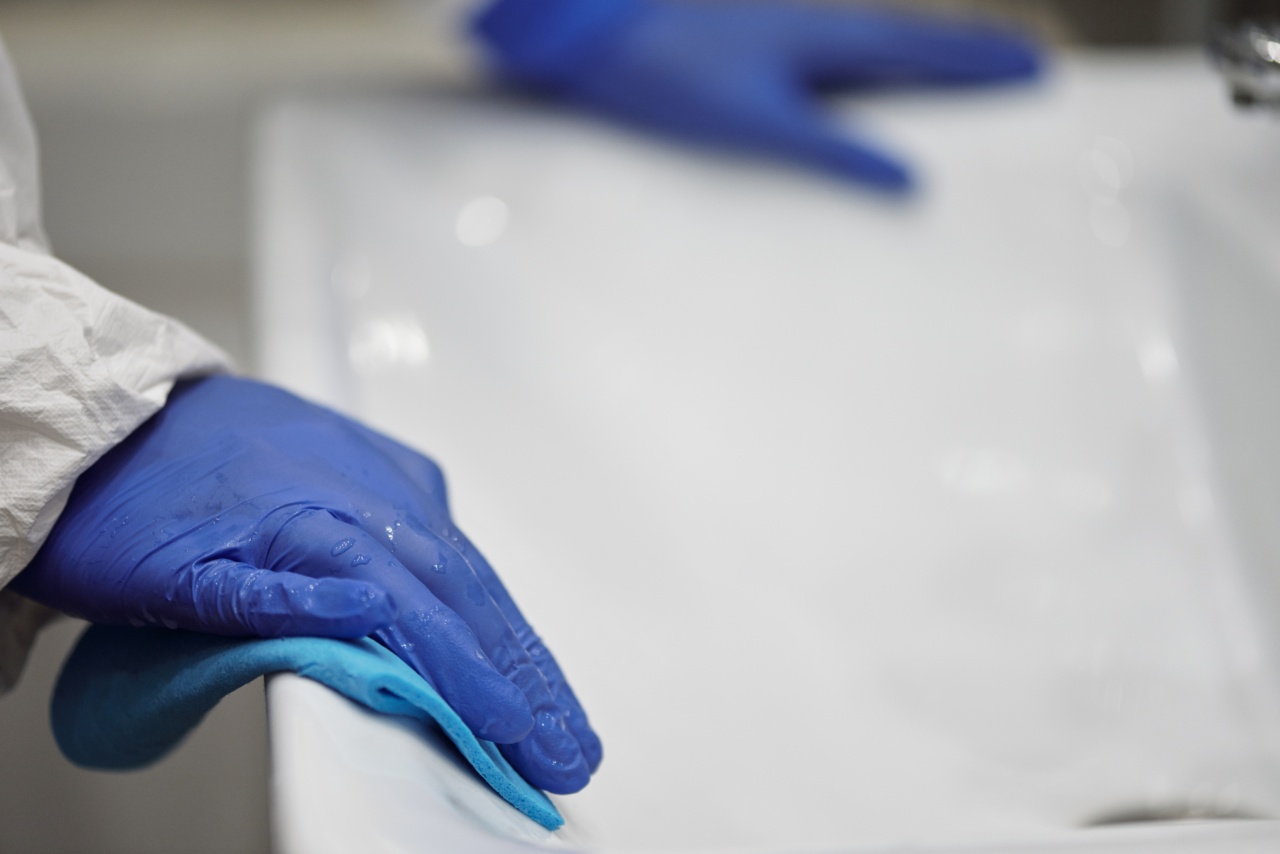Sterilization and disinfection are two terms that are often used interchangeably when it comes to cleaning and hygiene practices. However, they are not the same and understanding the difference between them is crucial.
Both sterilization and disinfection are important in preventing the spread of infections, bacteria, and viruses. Although they have similar goals, they have different methods and results. In this article, we will discuss the difference between sterilization and disinfection.
What is sterilization?
Sterilization is a process that aims to kill all microorganisms, including bacteria, viruses, and fungi. Sterilization is often used in hospitals and medical facilities to prevent the spread of infections.
Sterilization methods include heat, radiation, and chemical sterilants. Sterilization ensures that all microorganisms have been killed, and the object is free from contamination.
Types of sterilization
There are several types of sterilization methods. These include:.
1. Heat sterilization
Heat sterilization is one of the most common methods of sterilization. It involves the use of high temperatures to kill microorganisms. Autoclaving is a popular method that uses steam to sterilize medical equipment and other objects.
2. Chemical sterilization
Chemical sterilization involves the use of chemical agents to kill bacteria, viruses, and other microorganisms. Ethylene oxide is a common agent used in chemical sterilization.
It is often used to sterilize medical equipment that cannot withstand high temperatures.
3. Radiation sterilization
Radiation sterilization involves the use of ionizing radiation like gamma rays to kill microorganisms. This method is often used to sterilize medical equipment and supplies.
What is disinfection?
Disinfection is a process that aims to kill most microorganisms but not all. Disinfection reduces the number of microorganisms to a level that is safe for humans. Disinfection is often used in homes and public spaces like schools and public restrooms.
Disinfectants like bleach and alcohol are commonly used to disinfect surfaces and kill germs.
Types of disinfection
There are several types of disinfection methods. These include:.
1. Chemical disinfection
Chemical disinfection involves the use of chemical agents like chlorine and hydrogen peroxide to kill microorganisms. Chemical disinfection is commonly used in homes and public spaces to clean surfaces and reduce the spread of infections.
2. UV disinfection
UV disinfection uses ultraviolet radiation to kill microorganisms. This method is commonly used to disinfect water supplies and air conditioning systems.
3. Heat disinfection
Heat disinfection is a method that involves the use of high temperatures to kill microorganisms. This method is commonly used to disinfect medical equipment and supplies.
Which is better: sterilization or disinfection?
Both sterilization and disinfection have their own distinct advantages and disadvantages. Sterilization is more effective than disinfection since it kills all microorganisms, while disinfection only reduces the number of microorganisms.
However, sterilization methods can be more expensive and time-consuming than disinfection methods.
Disinfectants are less expensive and quicker to use and are ideal for general day-to-day cleaning. Disinfectants are also less toxic than sterilization agents, making them safer to use.
Sterilization agents like ethylene oxide are toxic and can cause skin and respiratory irritation.
Conclusion
In conclusion, sterilization and disinfection are two fundamental processes in maintaining a healthy and safe environment.
It is important to understand the difference between sterilization and disinfection, so you can decide which process is best suited for your hygiene needs. Whether you choose sterilization or disinfection, make sure to follow the proper guidelines and safety precautions to ensure optimum effectiveness and safety.































